Слайд 2Pediatrics studies
The laws of a child’s development
Rules of child’s feeding
Etiology and pathogenesis

of children’s diseases
Ways of their diagnostic, treatment and prophylaxis
Слайд 3Proupaedeutics studies
The features of growth, development, and formation all systems of child’s

organism in different period of life
Methods of examination, palpation, percussion, auscultation of internal organs and systems of healthy or sick children
Semiotics of lesion of different organs and systems
Clinical processing of date obtained after general and additional examination of patients
Слайд 4Periods
of the children’s life
Intrauterine period
Extra uterine period
Breast – feeding (infancy)

period
Pre-preschool period
Preschool period
Junior school period
Senior school period
Слайд 5Intrauterine period
Continues from fertilization up until birth of child - 270 days

(in practice - first day of the last menstrual cycle of the mother- 280 days (40 weeks))
Subdivided into following phases
1)Embryonal growth phases
2)Placental growth phases
Слайд 6Embryonal growth phases
is characterized by organogenesis,
highest rate of tissue differentiation
formation of

almost all internal organs of future
child
This period is critical stage of human
development and contains the maximum risk of
the developing embryopathies (severe anatomical defects)
Слайд 7Unfavorable factor
Exogenous
Endogenous (genetic)
Combination of exogenous and endogenous

Слайд 8Unfavorable factor during the pregnancy
Non adequacy fetal nutrition
Acute diseases and reactivation diseases

of mother
Mother’s heavy physical activity
Professional hazards of mother
Alcohol intake and smoking habits of parents
Bad socio-economic conditions
Слайд 9Teratogenic agents
Infection rubella virus, the cytomegaly virus and the toxoplasmosis parasite (toxoplasma

gondii).
chemical substance
ionizing radiation
trauma (amniotic bands, which led to an amputation of upper extremities or lower extremities )
Слайд 10Embryopathies
Agenesia:
The absence of organ
Defect in the structure of the organ

or part of organ or anomaly in its development
Cleft lip
Congenital heart defect
Cephalocele
Congenital esophageal obstruction
Слайд 17Placental growth phases
is characterized by
maturation of all systems and organs,
increase of
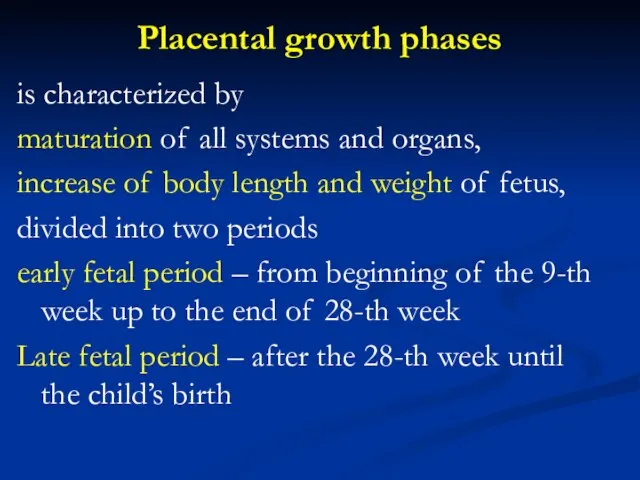
body length and weight of fetus,
divided into two periods
early fetal period – from beginning of the 9-th week up to the end of 28-th week
Late fetal period – after the 28-th week until the child’s birth
Слайд 18Early fetal period
Is characterized by intensive development of body and differentiation of
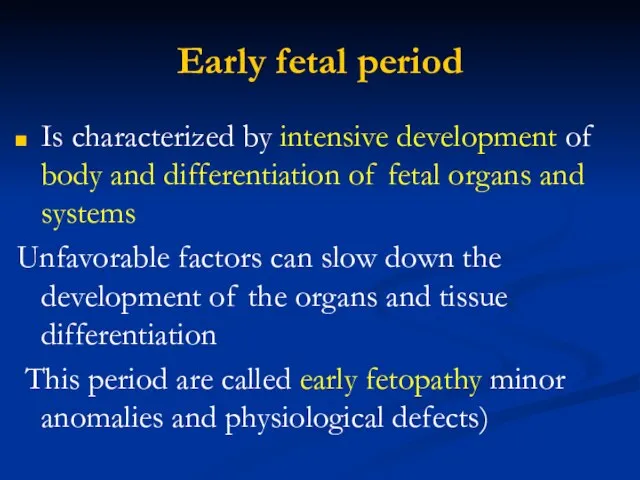
fetal organs and systems
Unfavorable factors can slow down the development of the organs and tissue differentiation
This period are called early fetopathy minor anomalies and physiological defects)
Слайд 19Early fetopathy
Hypoplasia of organs
Dysplasia:
Abnormal organization of the cells in a tissue (e.g.,
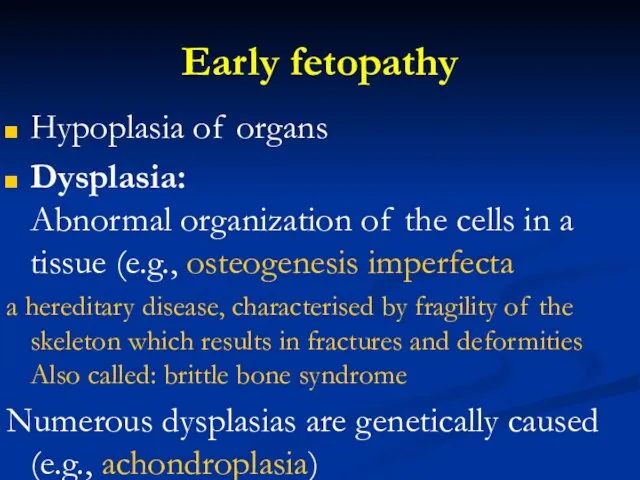
osteogenesis imperfecta
a hereditary disease, characterised by fragility of the skeleton which results in fractures and deformities Also called: brittle bone syndrome
Numerous dysplasias are genetically caused (e.g., achondroplasia)
Слайд 20Late fetopathy
Intrauterine fetal hypotrophy
Fetal hypoxia
Fibroelastosis of myocard
Diabetic fetopathy
Fetal alcohol syndrome
Infectious fetopathy
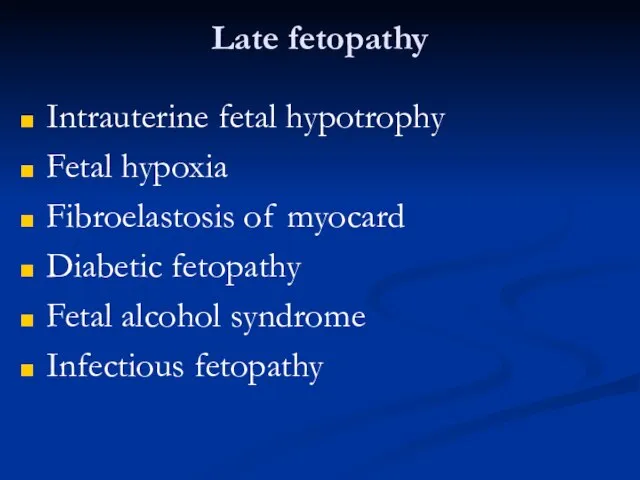
Слайд 21Late fetal period
Pathological factors do not affect the already formed fetal organs,
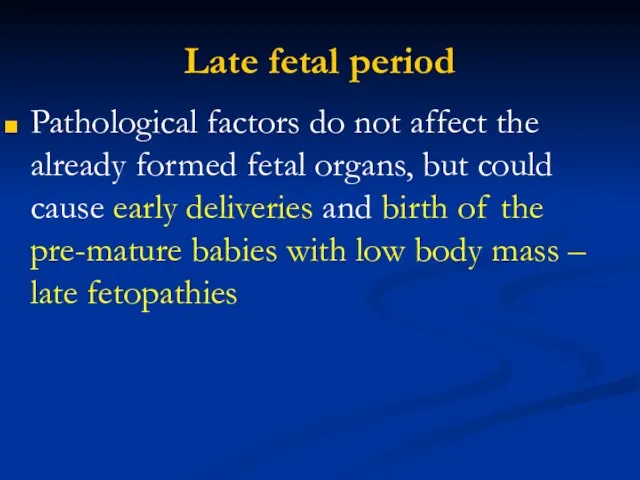
but could cause early deliveries and birth of the pre-mature babies with low body mass – late fetopathies
Слайд 22Late fetopathy
Intrauterine fetal hypotrophy
Fetal hypoxia
Fibroelastosis of myocard
Diabetic fetopathy
Fetal alcohol syndrome
Infectious fetopathy
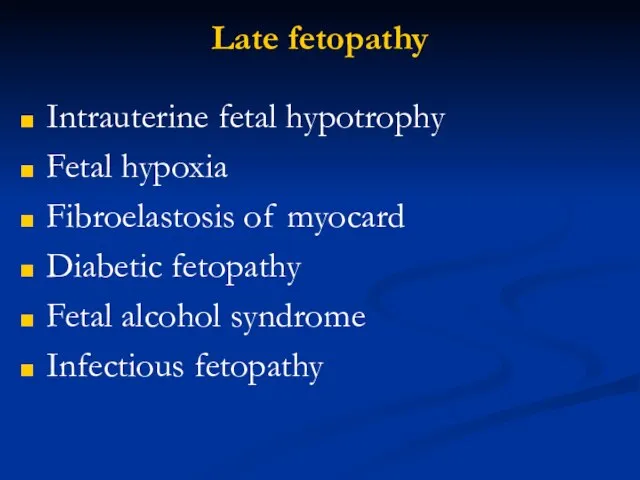
Слайд 23A six year-old girl with several skeletal deformities and cutaneous lesions
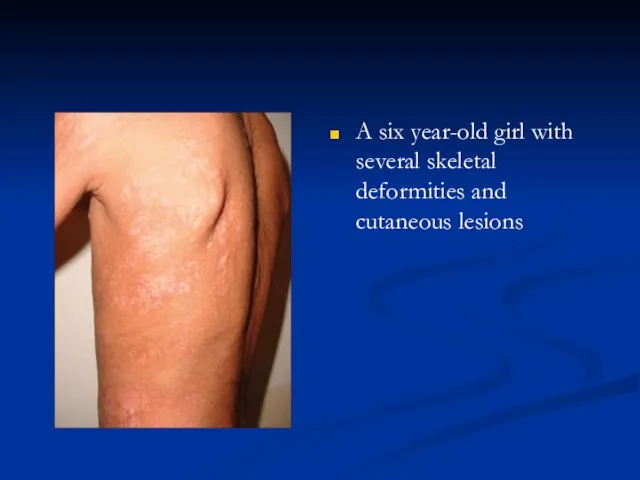
Слайд 26babies with Down syndrome
people funny
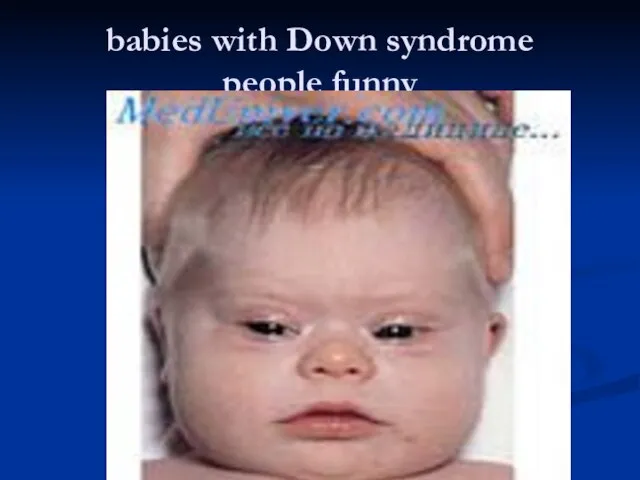
Слайд 28Congenital geniralization cytomegaly infection

Слайд 29Congenital geniralization cytomegaly infection
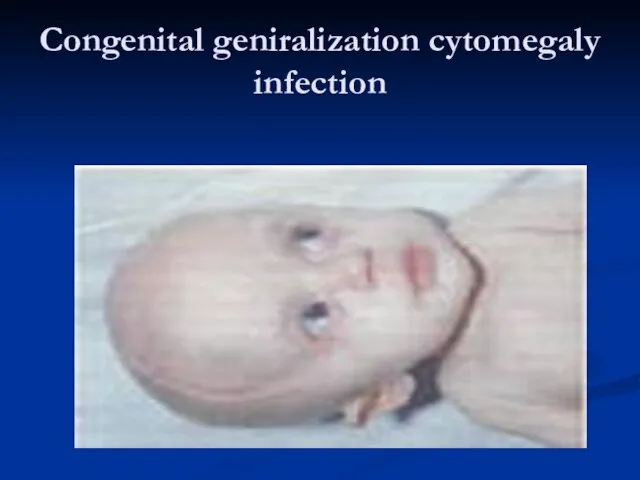
Слайд 30A six year-old girl with several skeletal deformities and cutaneous lesions
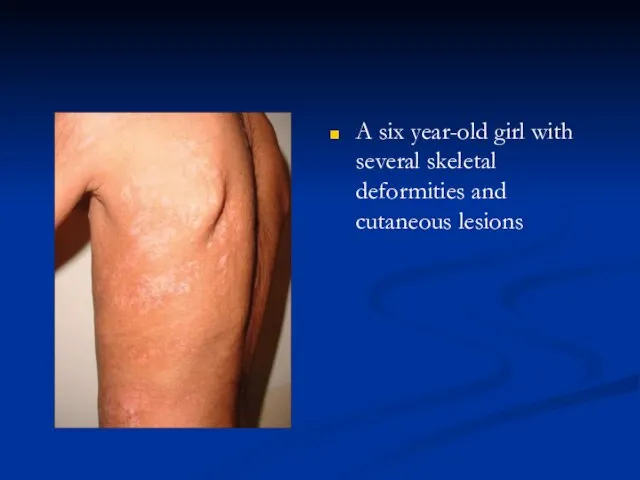
Слайд 31Intra – natal period
Lasts (from the uterine contractions till clamping of the
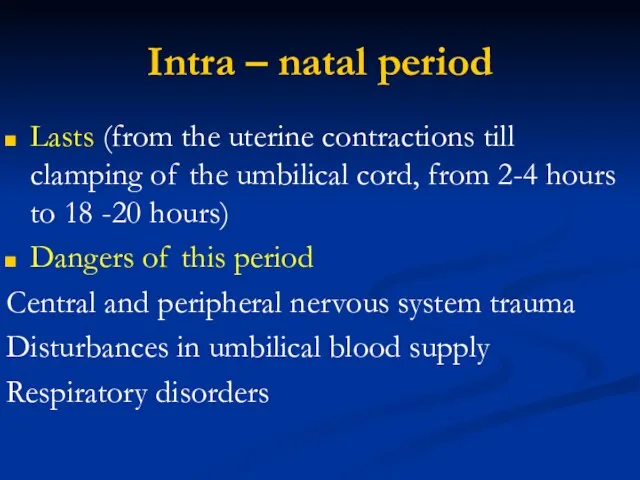
umbilical cord, from 2-4 hours to 18 -20 hours)
Dangers of this period
Central and peripheral nervous system trauma
Disturbances in umbilical blood supply
Respiratory disorders
Слайд 32Extra uterine period
Neonatal period
Early – first7 days
Late – 8 – 28 days
Breast-feeding
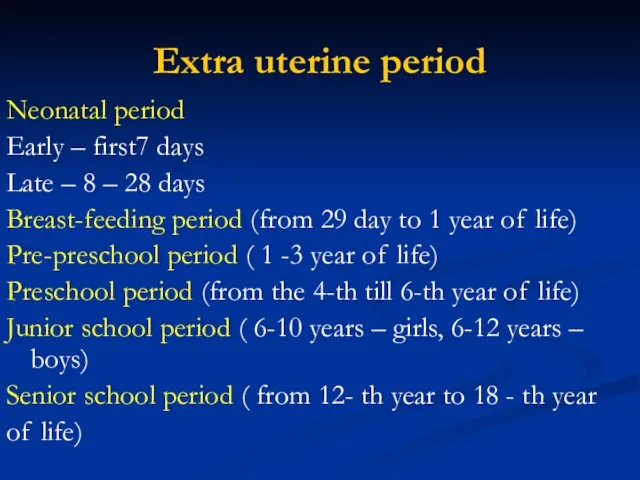
period (from 29 day to 1 year of life)
Pre-preschool period ( 1 -3 year of life)
Preschool period (from the 4-th till 6-th year of life)
Junior school period ( 6-10 years – girls, 6-12 years – boys)
Senior school period ( from 12- th year to 18 - th year
of life)
Слайд 33Adolescence
Prepubescent 10-12 years girl
12 – 14 years boys
Pubescent 12 – 14
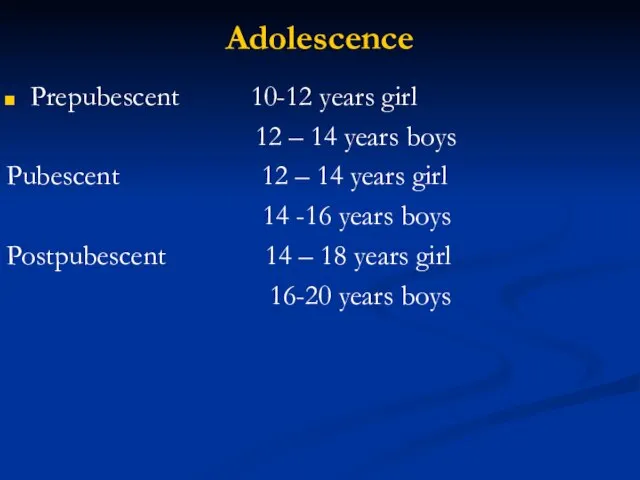
years girl
14 -16 years boys
Postpubescent 14 – 18 years girl
16-20 years boys
Слайд 34In practic used
Antenatal period (whole period of pregnancy)
Perinatal period ( from the
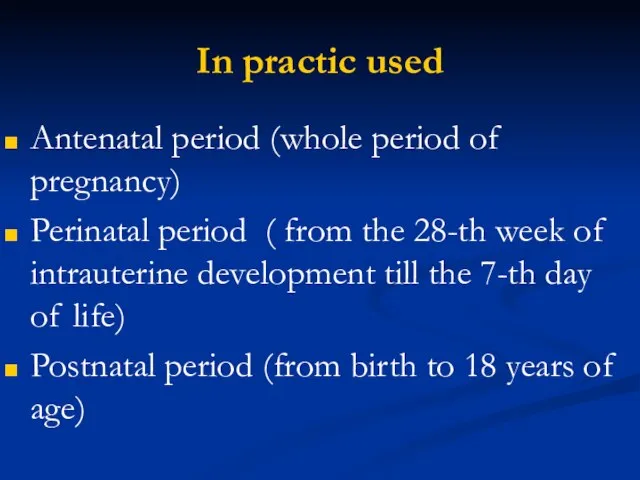
28-th week of intrauterine development till the 7-th day of life)
Postnatal period (from birth to 18 years of age)
Слайд 35Neonatal period
basic physiological features
The main characteristic of this period – it
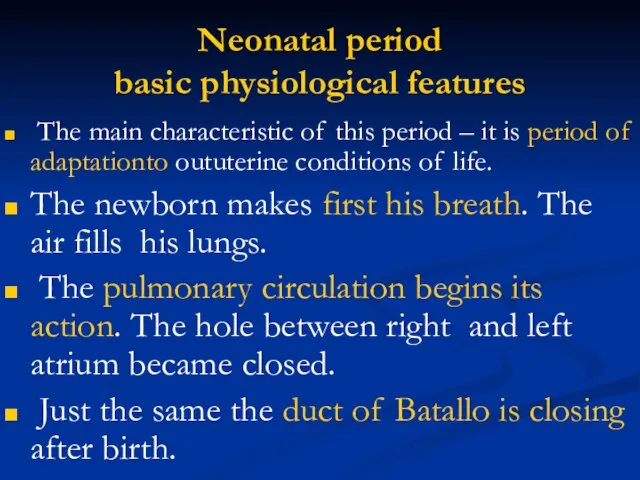
is period of adaptationto oututerine conditions of life.
The newborn makes first his breath. The air fills his lungs.
The pulmonary circulation begins its action. The hole between right and left atrium became closed.
Just the same the duct of Batallo is closing after birth.
Слайд 36Neonatal period
basic physiological features
Beginning of alimentary feeding
Immaturity of digestive tract, spreading of
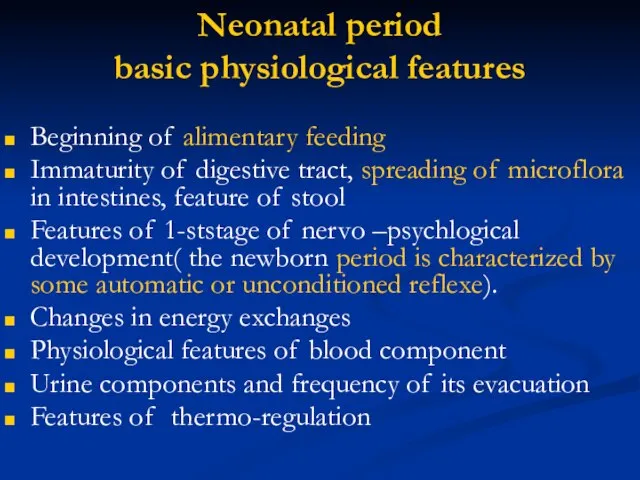
microflora in intestines, feature of stool
Features of 1-ststage of nervo –psychlogical development( the newborn period is characterized by some automatic or unconditioned reflexe).
Changes in energy exchanges
Physiological features of blood component
Urine components and frequency of its evacuation
Features of thermo-regulation
Слайд 37What pathology is characteristic for newborn period?
The first of all
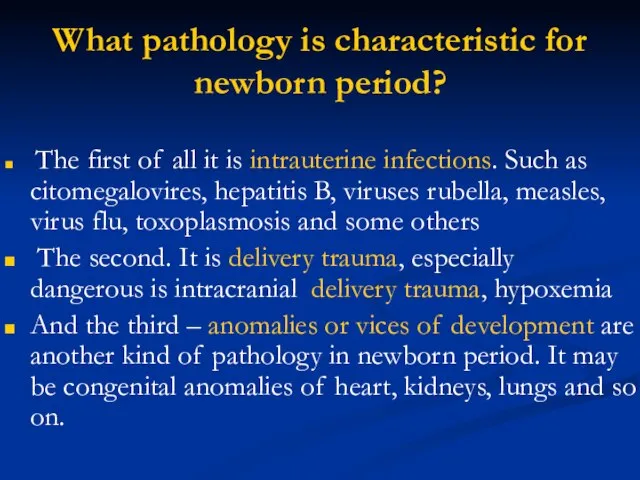
it is intrauterine infections. Such as citomegalovires, hepatitis B, viruses rubella, measles, virus flu, toxoplasmosis and some others
The second. It is delivery trauma, especially dangerous is intracranial delivery trauma, hypoxemia
And the third – anomalies or vices of development are another kind of pathology in newborn period. It may be congenital anomalies of heart, kidneys, lungs and so on.
Слайд 38Neonatal period
Attributes of pathological conditions
All kinds of fetopathies
Non-compatibility of maternal and
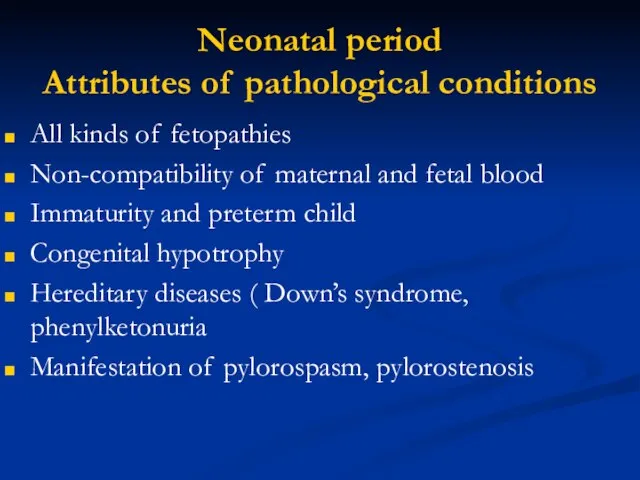
fetal blood
Immaturity and preterm child
Congenital hypotrophy
Hereditary diseases ( Down’s syndrome, phenylketonuria
Manifestation of pylorospasm, pylorostenosis
Слайд 39Breast-feeding period
In this period a child grows as fast as he never
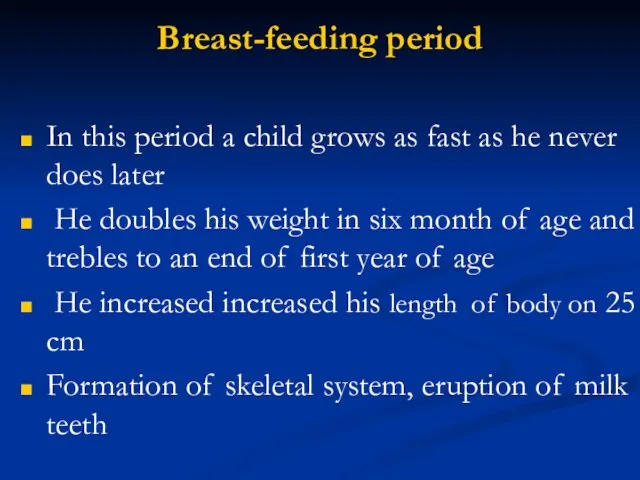
does later
He doubles his weight in six month of age and trebles to an end of first year of age
He increased increased his length of body on 25 cm
Formation of skeletal system, eruption of milk teeth
Слайд 40Breast-feeding period
basic physiological features
Obliteration of the closed channels of blood circulation, heart
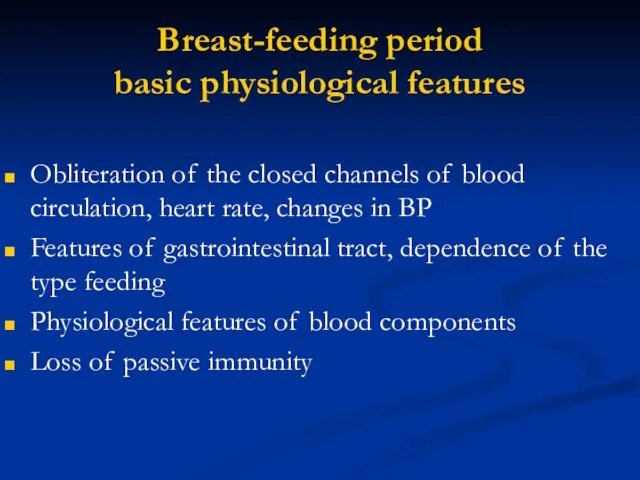
rate, changes in BP
Features of gastrointestinal tract, dependence of the type feeding
Physiological features of blood components
Loss of passive immunity
Слайд 41Brest-feeding period
Pathological conditions
Disorders of physical development (hypotrophy, hypostature, paratrophy)
Disease of the
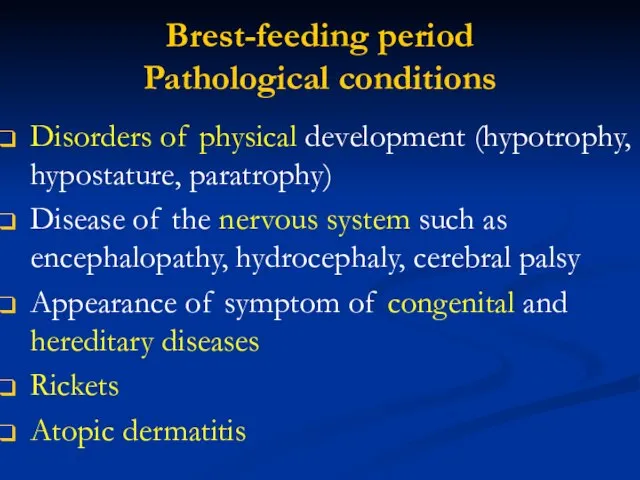
nervous system such as encephalopathy, hydrocephaly, cerebral palsy
Appearance of symptom of congenital and hereditary diseases
Rickets
Atopic dermatitis
Слайд 46Breast-feeding period
Pathological conditions
Very often respiratory diseases of viral and bacterial etiology characterized
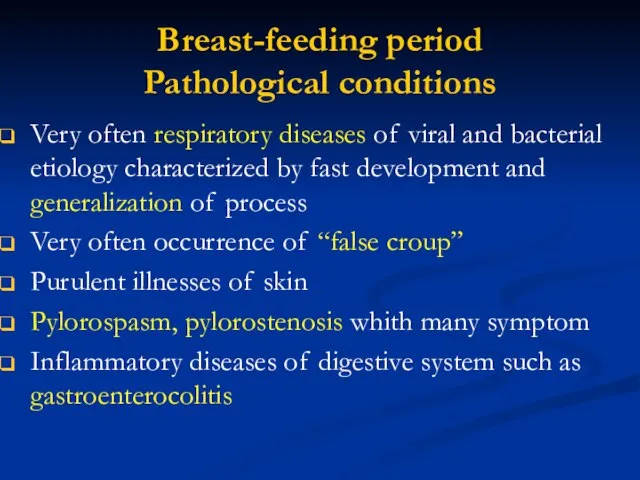
by fast development and generalization of process
Very often occurrence of “false croup”
Purulent illnesses of skin
Pylorospasm, pylorostenosis whith many symptom
Inflammatory diseases of digestive system such as gastroenterocolitis
Слайд 47Pre- preschool and preschool periods
basic physiological features
Decrease in speed of the
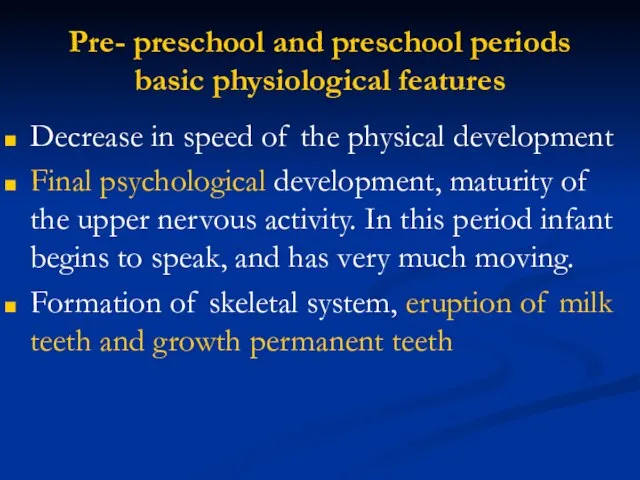
physical development
Final psychological development, maturity of the upper nervous activity. In this period infant begins to speak, and has very much moving.
Formation of skeletal system, eruption of milk teeth and growth permanent teeth
Слайд 48Pre- preschool and preschool periods
pathological conditions
Endocrine disorders of physical development (nanism,
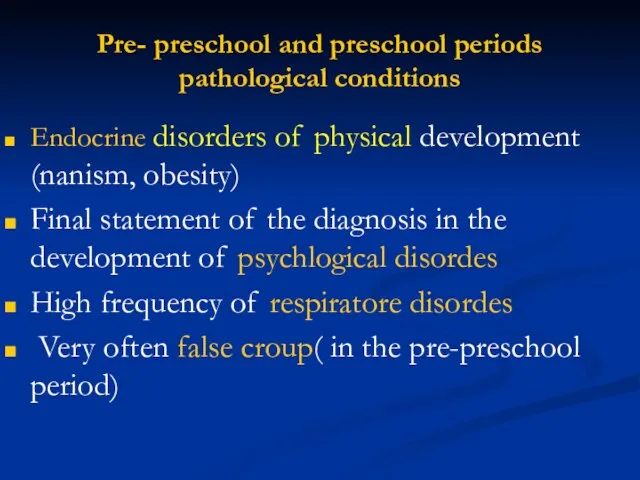
obesity)
Final statement of the diagnosis in the development of psychlogical disordes
High frequency of respiratore disordes
Very often false croup( in the pre-preschool period)
Слайд 49Pre- preschool and preschool periods
pathological conditions
Very often diseases of allergic origin
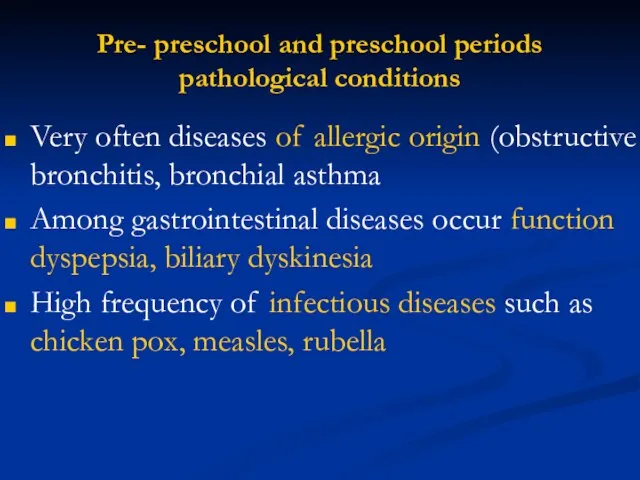
(obstructive bronchitis, bronchial asthma
Among gastrointestinal diseases occur function dyspepsia, biliary dyskinesia
High frequency of infectious diseases such as chicken pox, measles, rubella
Слайд 55Junior and senior school periods
basic physiological features
The final stage of physical
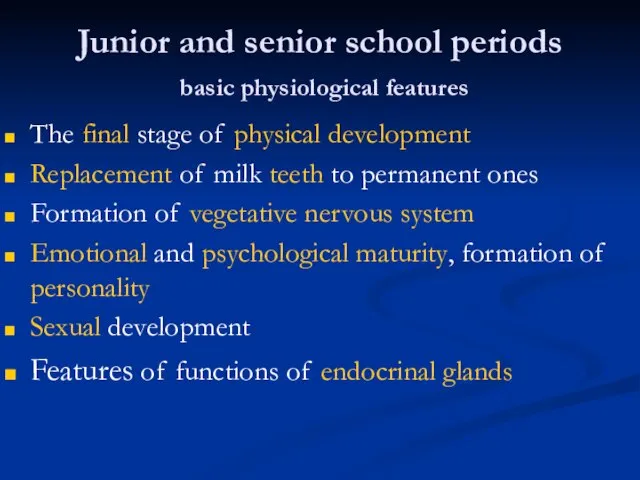
development
Replacement of milk teeth to permanent ones
Formation of vegetative nervous system
Emotional and psychological maturity, formation of personality
Sexual development
Features of functions of endocrinal glands
Слайд 56Adolescence
Prepubescent 10-12 years girl
12 – 14 years boys
Pubescent 12 – 14
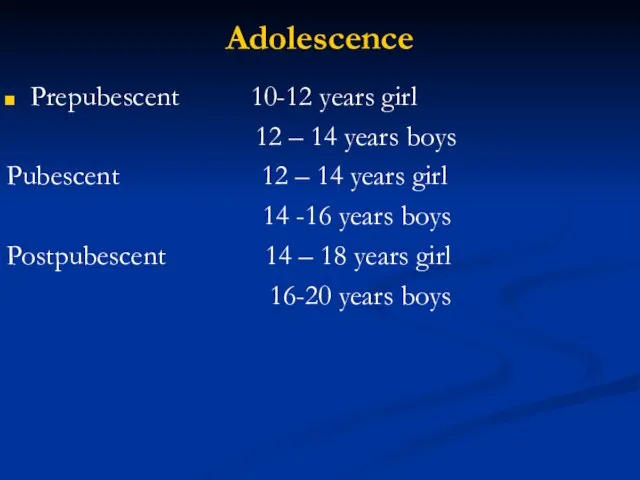
years girl
14 -16 years boys
Postpubescent 14 – 18 years girl
16-20 years boys
Слайд 57Junior and senior school periods
pathological conditions
Endocrine deaserdes (obesity, nanism, thyrotoxicosis, deaserdes of
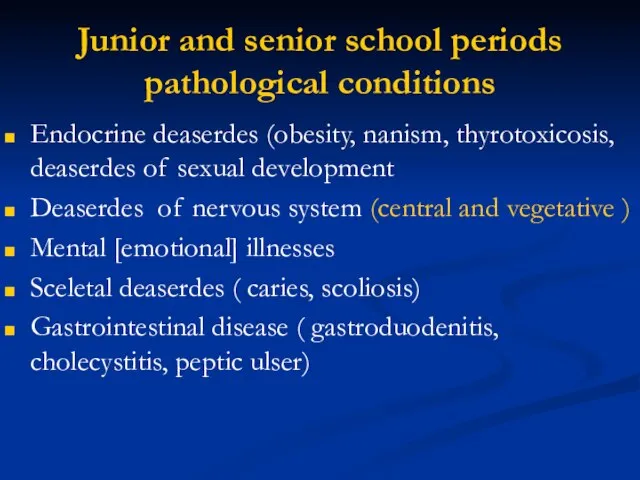
sexual development
Deaserdes of nervous system (central and vegetative )
Mental [emotional] illnesses
Sceletal deaserdes ( caries, scoliosis)
Gastrointestinal disease ( gastroduodenitis, cholecystitis, peptic ulser)











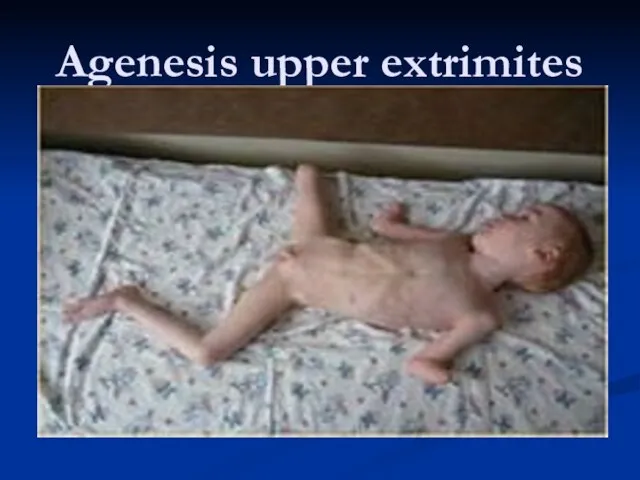
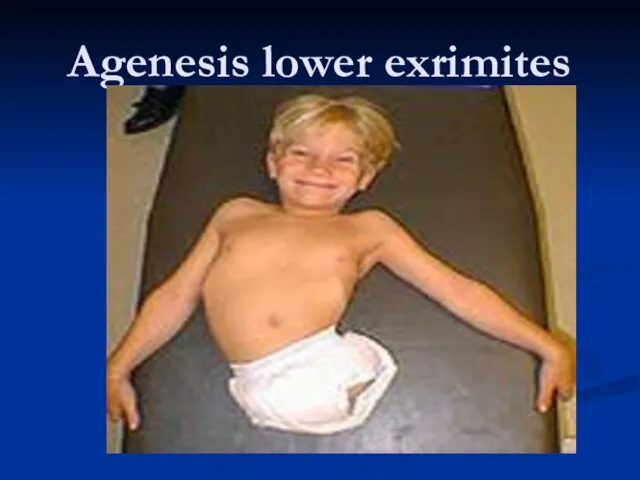
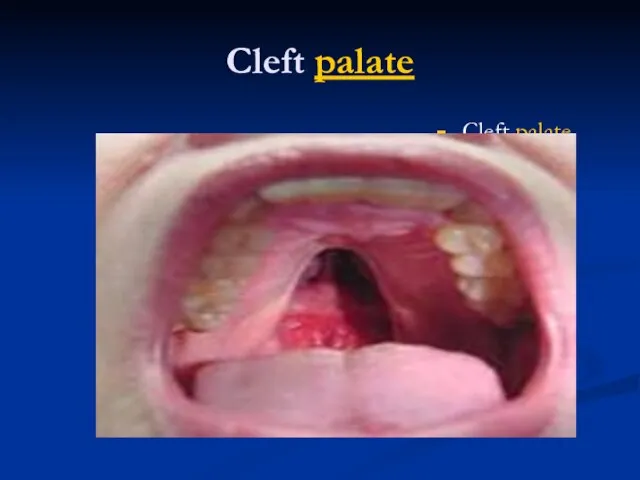
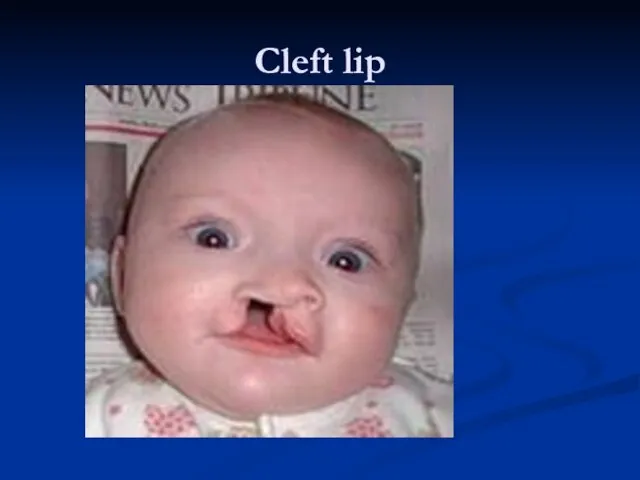







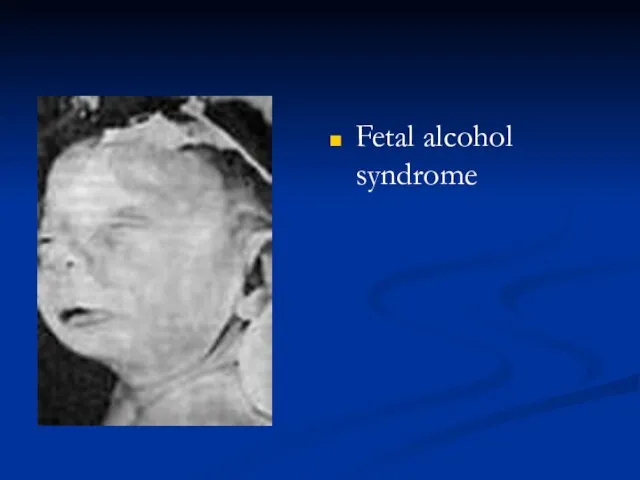
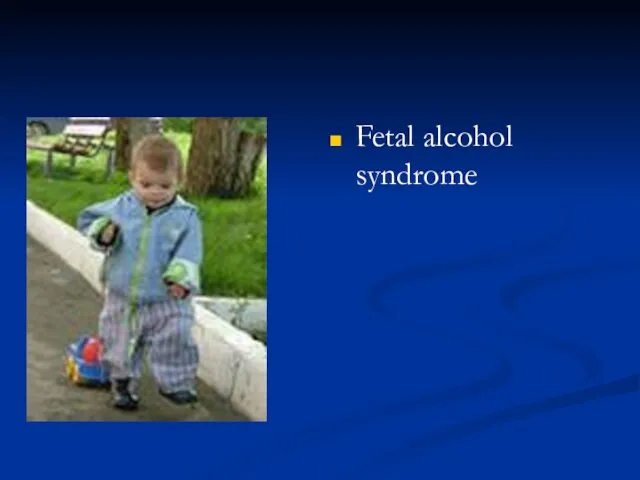

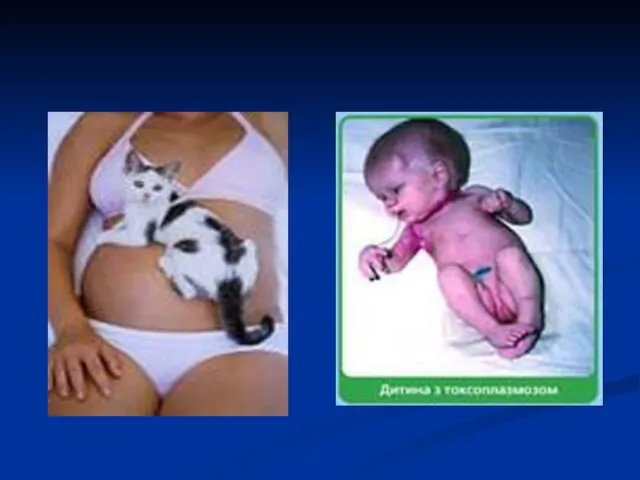














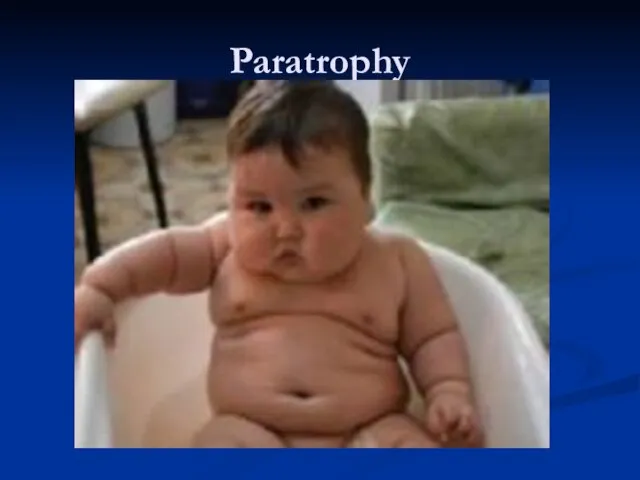
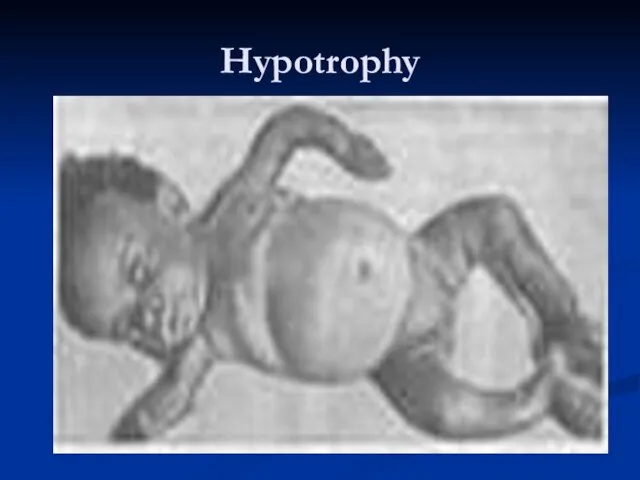

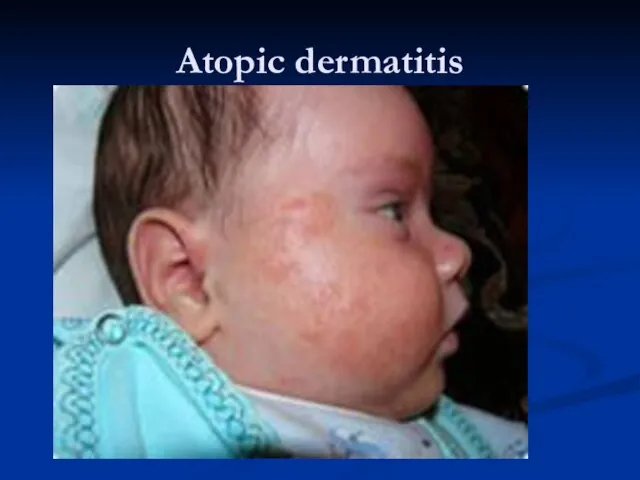




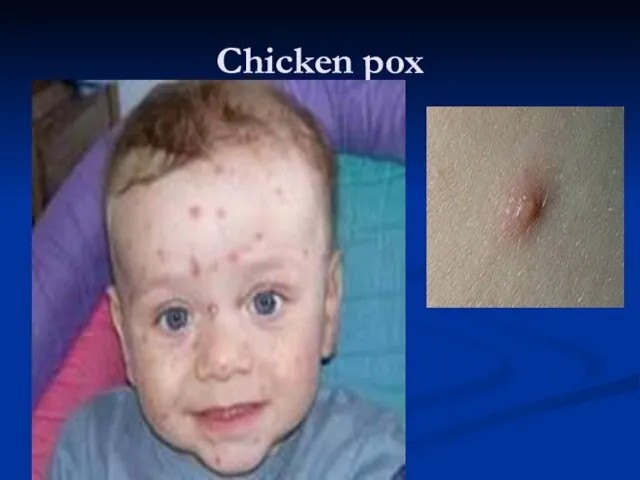
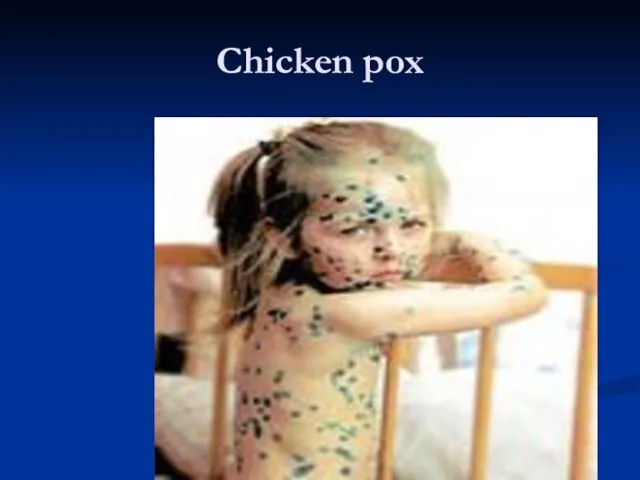
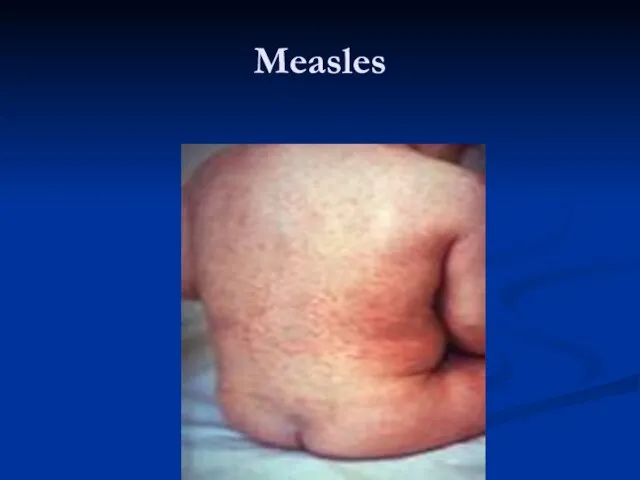
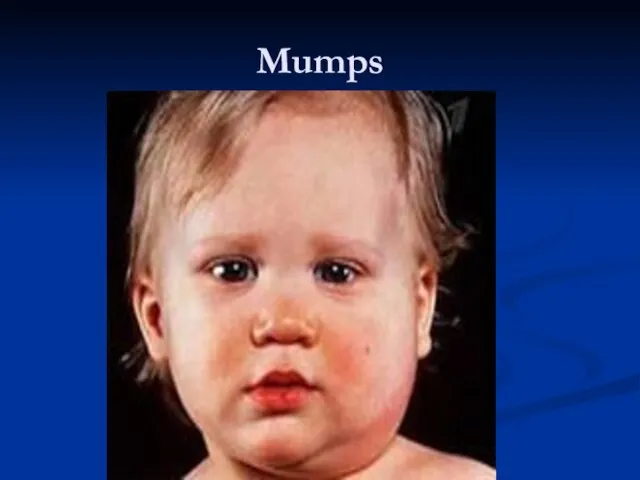
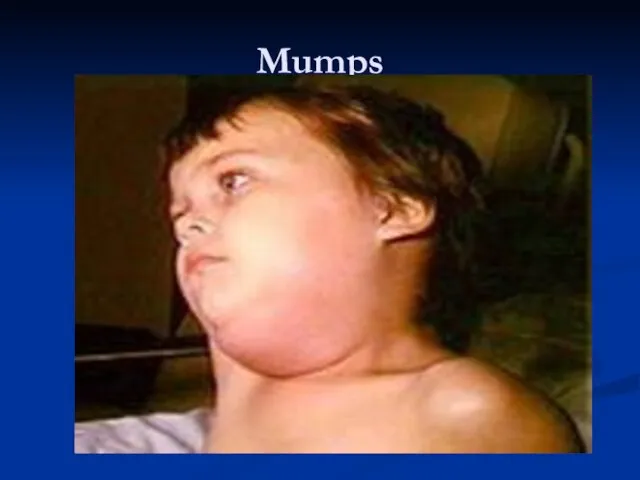




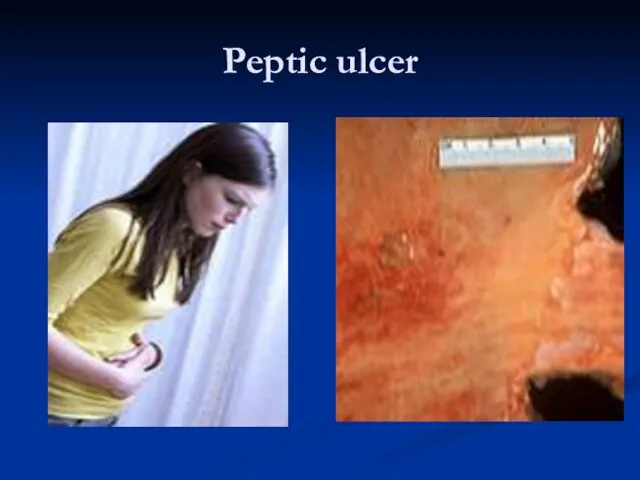
 Системы отчетности и аналитики Cognos OLAP/BI. Демонстрация функциональных возможностей аналитической системы Cognos.
Системы отчетности и аналитики Cognos OLAP/BI. Демонстрация функциональных возможностей аналитической системы Cognos. Центр содействия трудоустройству выпускников Как правильно составить резюме Руководитель ЦСТВ ДГТУ Л.А.Сучкова
Центр содействия трудоустройству выпускников Как правильно составить резюме Руководитель ЦСТВ ДГТУ Л.А.Сучкова Foreign kanguages in our life
Foreign kanguages in our life Ижевский государственный технический университет имени М. Т. Калашникова
Ижевский государственный технический университет имени М. Т. Калашникова Проект Космической системы многопозиционного радиолокационного наблюдения В ОВЧ-диапазоне частот и её возможные приложения для
Проект Космической системы многопозиционного радиолокационного наблюдения В ОВЧ-диапазоне частот и её возможные приложения для  Шрифтовая композиция. 7 класс
Шрифтовая композиция. 7 класс Кондитерские сахаристые изделия ручной работы
Кондитерские сахаристые изделия ручной работы Инструктаж по поведению на льду
Инструктаж по поведению на льду Образовательный центр Юниум. Компьютерные курсы. Какие виды ПК существуют
Образовательный центр Юниум. Компьютерные курсы. Какие виды ПК существуют Презентация на тему Рекомендации по составлению
Презентация на тему Рекомендации по составлению  Оценивание количественных параметров информационных объектов
Оценивание количественных параметров информационных объектов Презентация по английскому Оксфордский университет
Презентация по английскому Оксфордский университет  Особенности доклинических исследований дженериковых препаратов в соответствии с ГОСТ Р53434-2009 «Принципы надлежащей лабораторной
Особенности доклинических исследований дженериковых препаратов в соответствии с ГОСТ Р53434-2009 «Принципы надлежащей лабораторной  Дифракция света
Дифракция света  Исламский Банкинг. Инициатива БТА и EIB
Исламский Банкинг. Инициатива БТА и EIB Учет расходов на научно-исследовательские, опытно-конструкторские и технологические работы
Учет расходов на научно-исследовательские, опытно-конструкторские и технологические работы Человек-паук против Бэтмэнa Урок по Библии!
Человек-паук против Бэтмэнa Урок по Библии! Колористика. Цветовые схемы
Колористика. Цветовые схемы Баскетбол как комплексное средство физического развития и воспитания одаренных детей
Баскетбол как комплексное средство физического развития и воспитания одаренных детей Городской трехступенчатый семинар для заместителей директора по проблеме «Обучение школьников методом уровневой дифференциац
Городской трехступенчатый семинар для заместителей директора по проблеме «Обучение школьников методом уровневой дифференциац НОВЫЙ ИНСТРУМЕНТ БЮДЖЕТНОГО ФИНАНСИРОВАНИЯ
НОВЫЙ ИНСТРУМЕНТ БЮДЖЕТНОГО ФИНАНСИРОВАНИЯ Конвенция о правах ребёнка
Конвенция о правах ребёнка Гибкие финансовые инструменты Уральского банка Сбербанка России на примере финансирования бизнес-центра «Палладиум» и инвестиц
Гибкие финансовые инструменты Уральского банка Сбербанка России на примере финансирования бизнес-центра «Палладиум» и инвестиц Бой у мыса Акций
Бой у мыса Акций Презентация1
Презентация1 Мастерская "Первый снег"
Мастерская "Первый снег" Quiz ENGLAND
Quiz ENGLAND  Совершенствование умения определять части речи. Слитное и раздельное написание не с разными частями речи.
Совершенствование умения определять части речи. Слитное и раздельное написание не с разными частями речи.